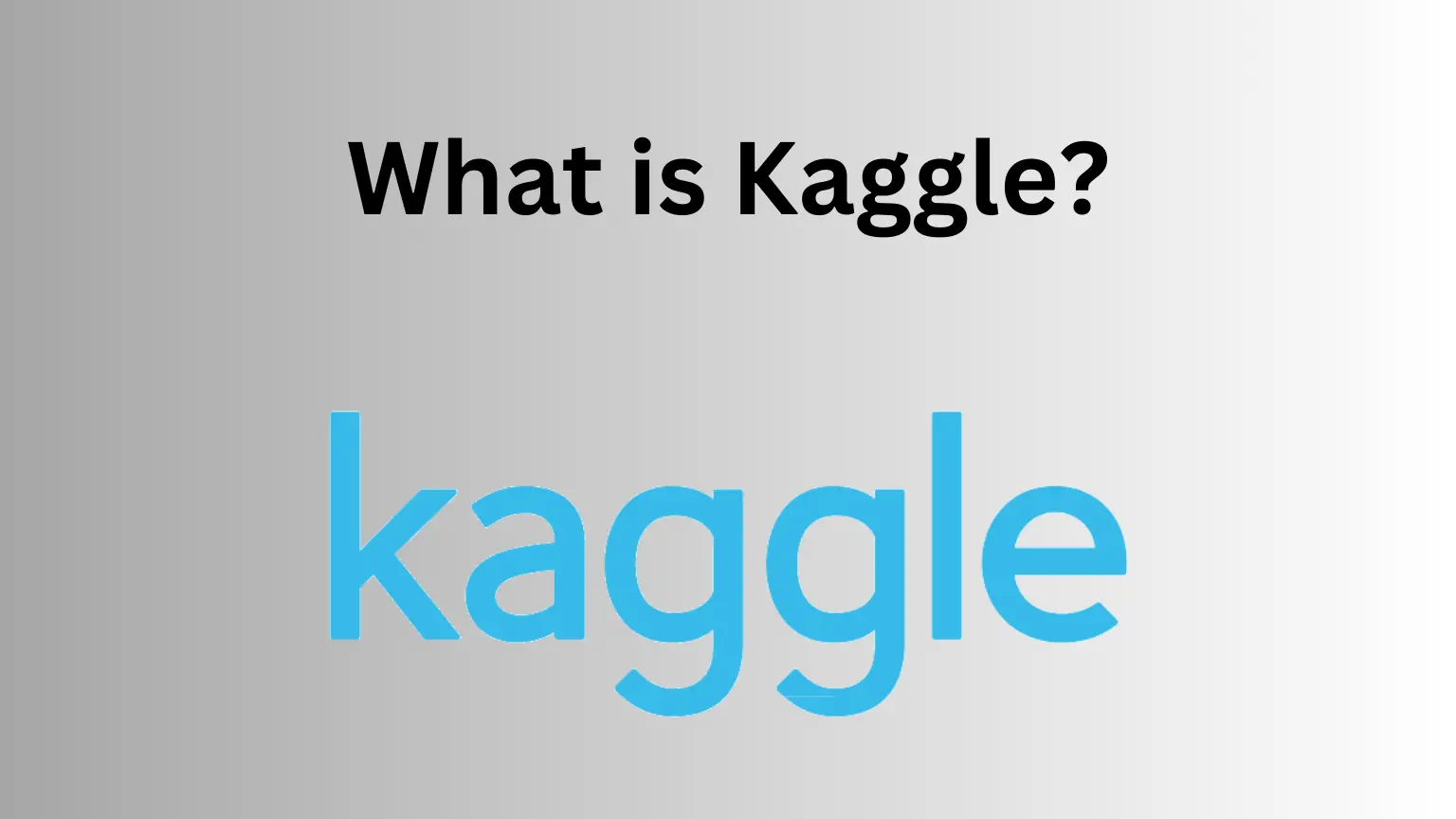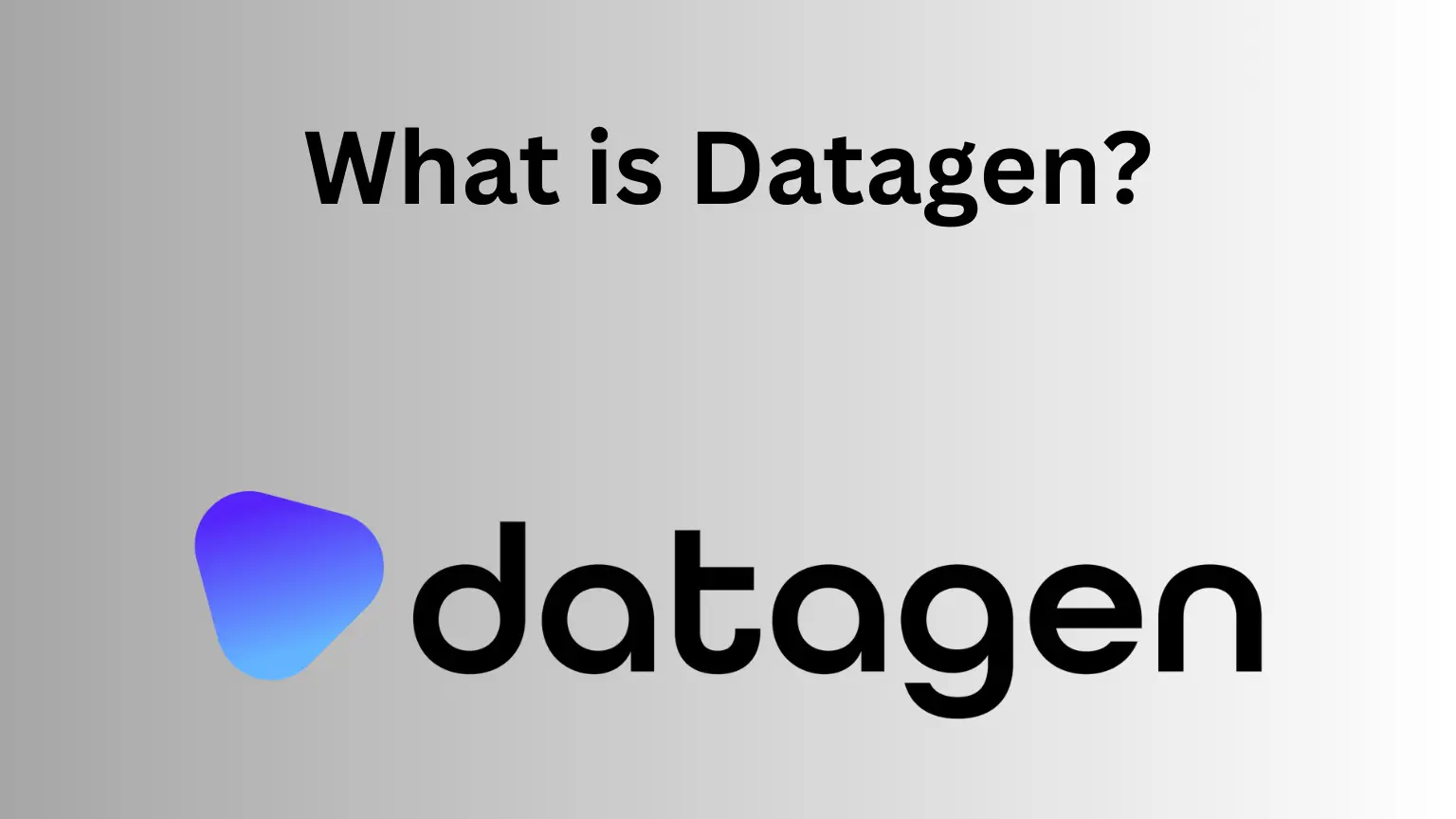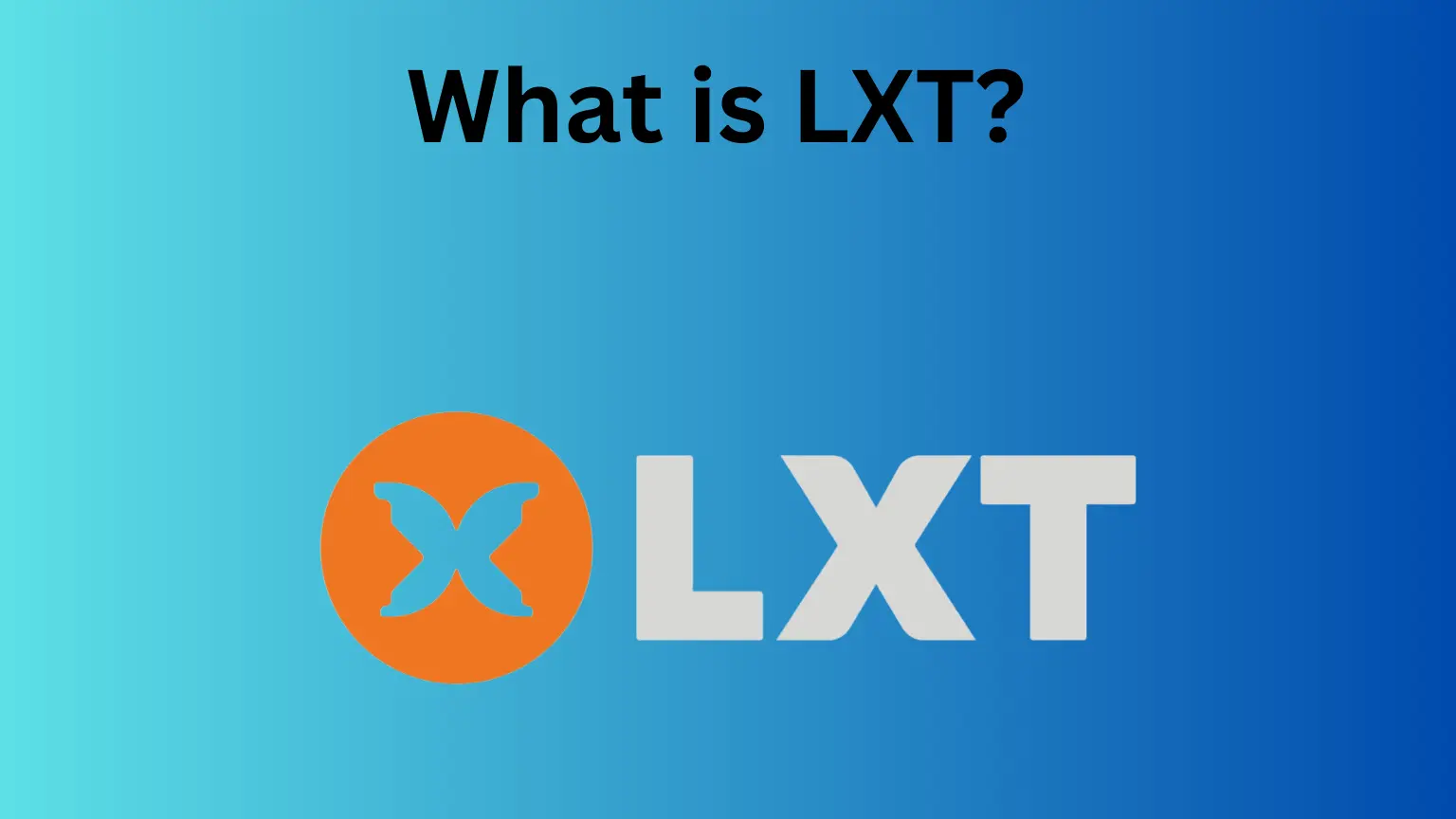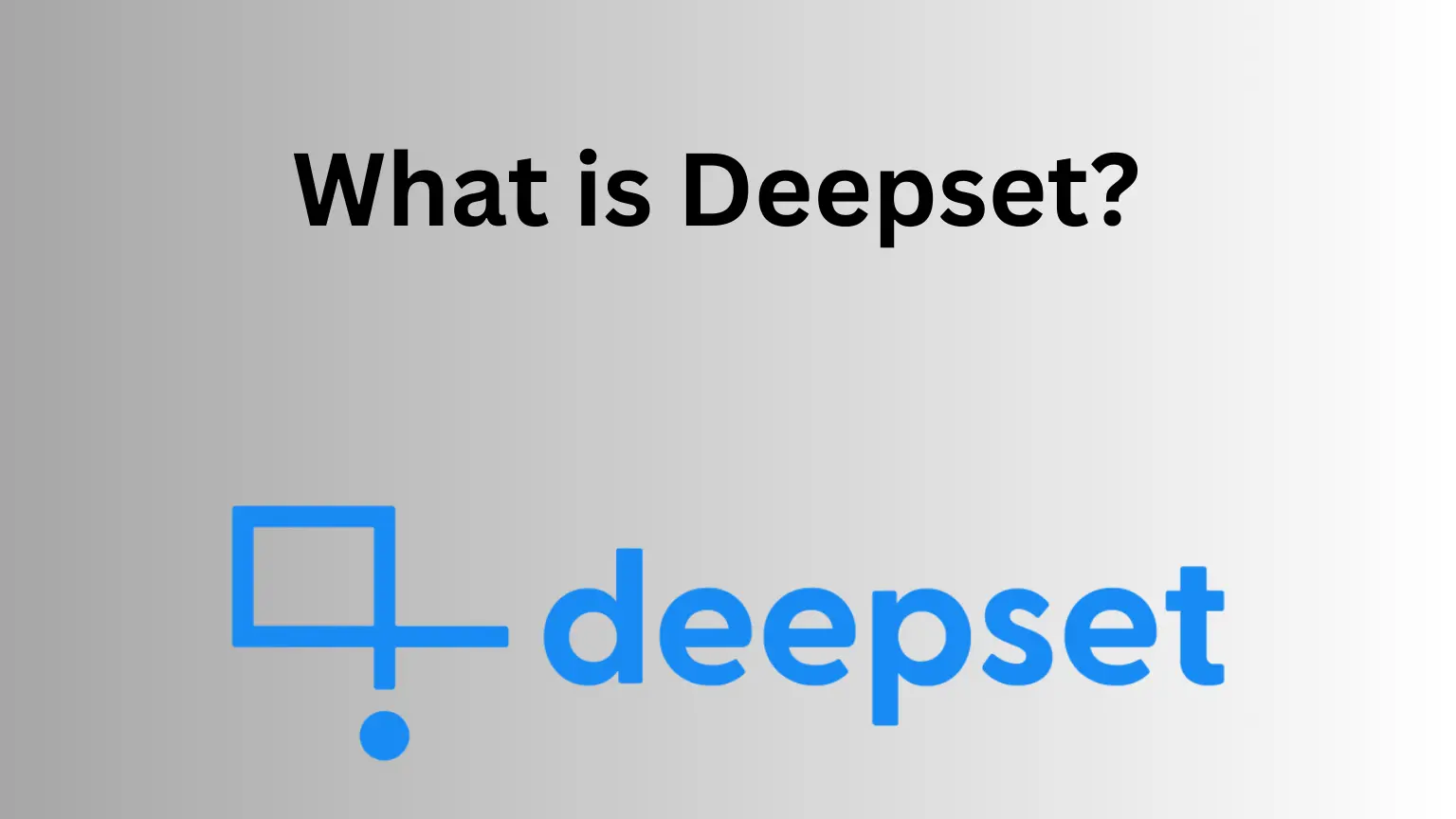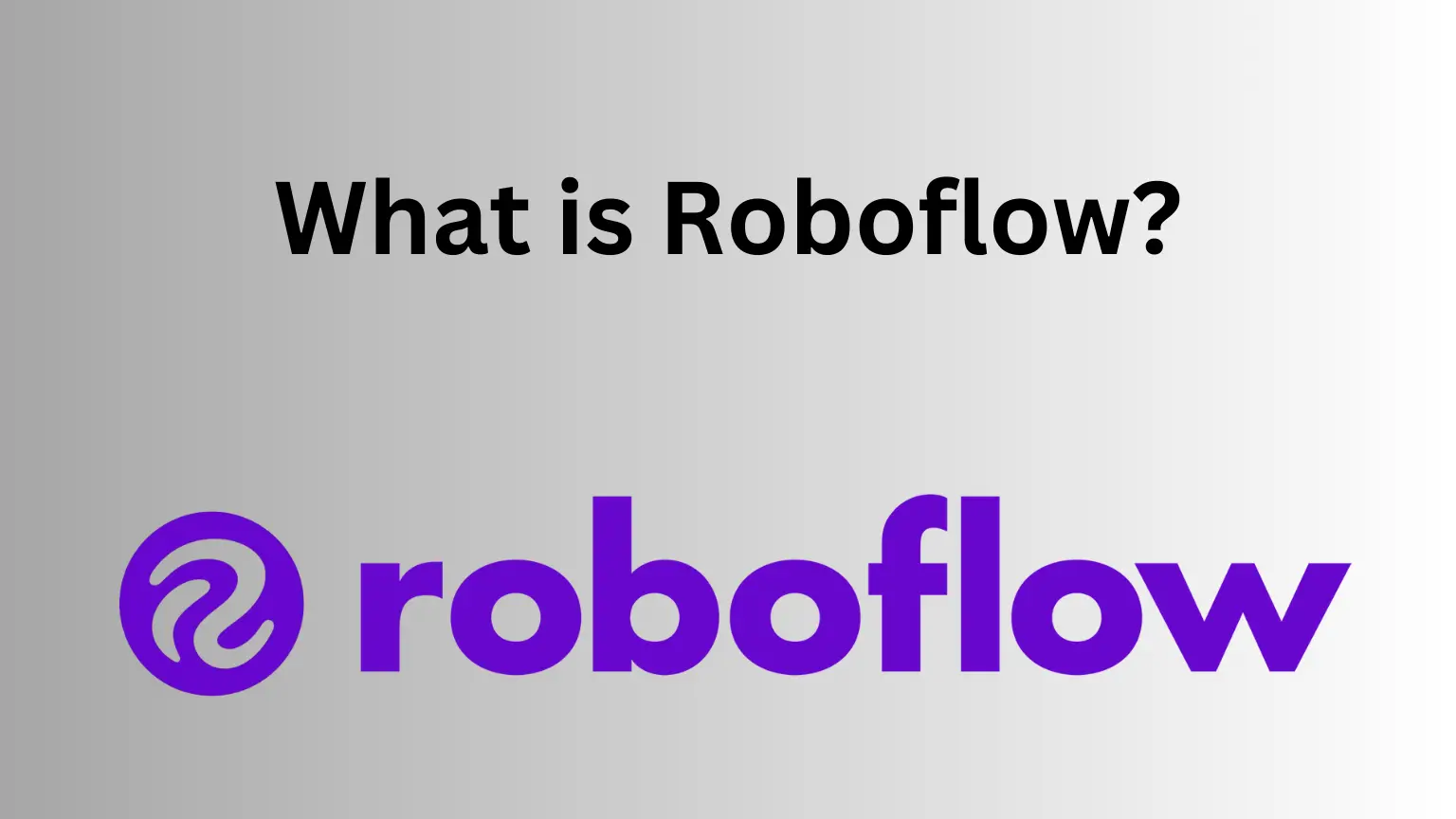Stable Diffusion is a machine learning technique that generates high-quality images by predicting the next pixel in an image based on the previous pixels. This technique is based on the concept of diffusion, which is the process by which particles spread out over time. Stable Diffusion uses a diffusion model to predict the next pixel in an image based on the previous pixels. In this guide,I’ll explore the basics of Stable Diffusion and how to use it to create stunning images.
Stable Diffusion Explained
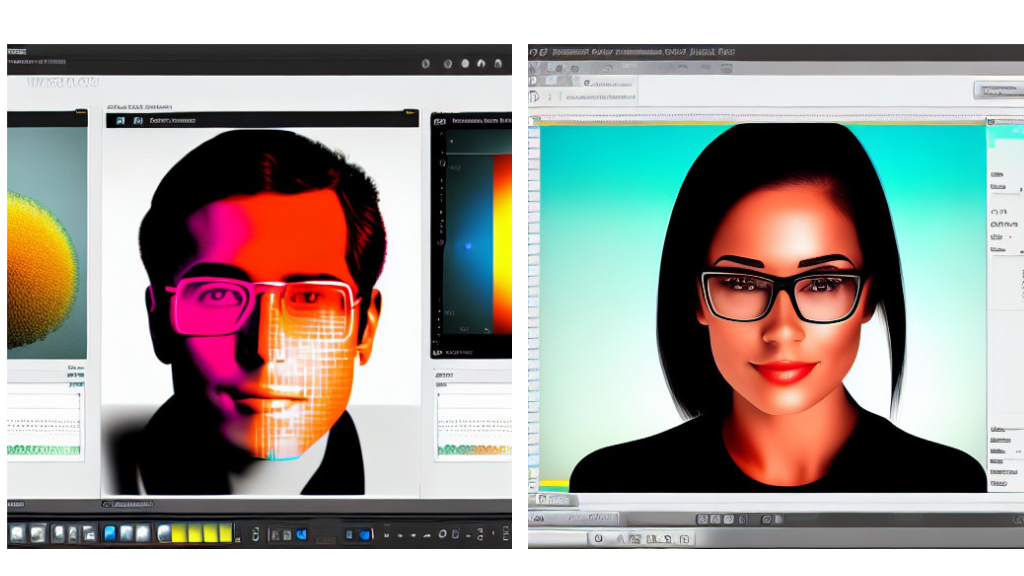
Stable diffusion is a technique used in generating high-quality images and audio. It is a state-of-the-art technique that uses a diffusion process to generate new creative output data. The process involves diffusing an image or audio signal over time, using a pre-trained model to generate new data. The technique is based on the concept of diffusion, which is a process of spreading out a signal over time.
Stable diffusion is based on the concept of diffusion, which is a process of spreading out a signal over time. The technique involves diffusing an image or audio signal over time, using a pre-trained model to generate new data. The process is based on the idea of adding noise to the signal and then removing the noise to generate new data. The technique is designed to generate high-quality images and audio by using a diffusion process that is stable and robust.
Will Innovation Save Us From Recession in 2023? | Investing in Generative AI
Stable Diffusion Image To Image
Diffusion models are the heart of Stable Diffusion. These models are trained on large datasets of images and learn to predict the next pixel in an image based on the previous pixels. There are several types of diffusion models, including autoregressive models, flow-based models, and diffusion-based models. Each type of model has its own strengths and weaknesses, and the choice of model depends on the specific application.
Prompt Engineering
Prompt engineering is the process of creating prompts that guide the generation of images. Prompts can be simple or complex, and they can be used to generate images of specific objects, scenes, or styles. The key to effective prompt engineering is to create prompts that are specific enough to guide the generation of high-quality images but not so specific that they limit the creativity of the model.
Using Automatic1111’s Python Gradio Implementation
Automatic1111’s Python Gradio implementation is a powerful tool for generating images with Stable Diffusion. This implementation provides a user-friendly interface for creating prompts and generating images. It also includes several options for optimizing the generation process, such as adjusting the temperature of the diffusion model and using dynamic lighting.
Limitations and Challenges of Stable Diffusion
While Stable Diffusion is a powerful tool for generating high-quality images, it is not without its limitations and challenges.
- One of the main challenges of Stable Diffusion is the need for large amounts of training data. This data must be carefully curated to ensure that the model learns to generate high-quality images.
- Another challenge is the need for powerful hardware to train and generate images. Stable Diffusion requires significant computational resources, and generating high-quality images can take hours or even days.
- Another limitation of Stable Diffusion is the potential for overfitting. Overfitting occurs when the model becomes too specialized to the training data and is unable to generalize to new data. This can result in the generation of low-quality or unrealistic images.
Stable Diffusion Download and Online Availability
The usage of Stable Diffusion is relatively straightforward as most models are open-source. You can easily download them from platforms like GitHub at your convenience. You can use these models in your local environment or deploy them in an online setting.
Once installed, you can provide or feed the input image or text prompt to such a model. The chosen stable diffusion model will process it to produce the desired image output.
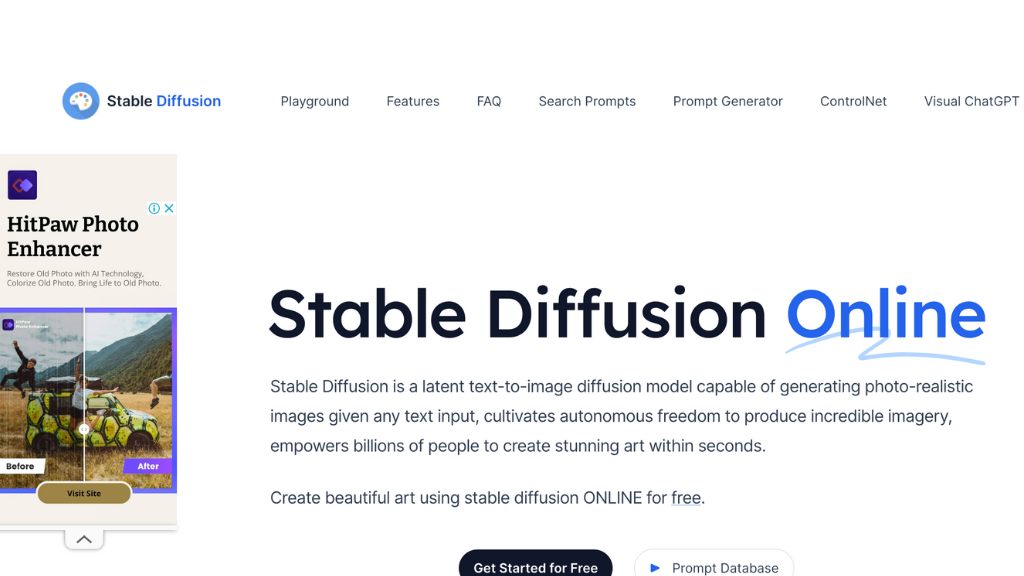
Final Note
Stable Diffusion is a powerful tool for generating high-quality images. By understanding the basics of diffusion models, you can create stunning images that are tailored to your specific needs. However, it is important to be aware of the limitations and challenges of Stable Diffusion. With these considerations in mind, Stable Diffusion can be a valuable tool for artists, designers, and researchers looking to generate high-quality images.


